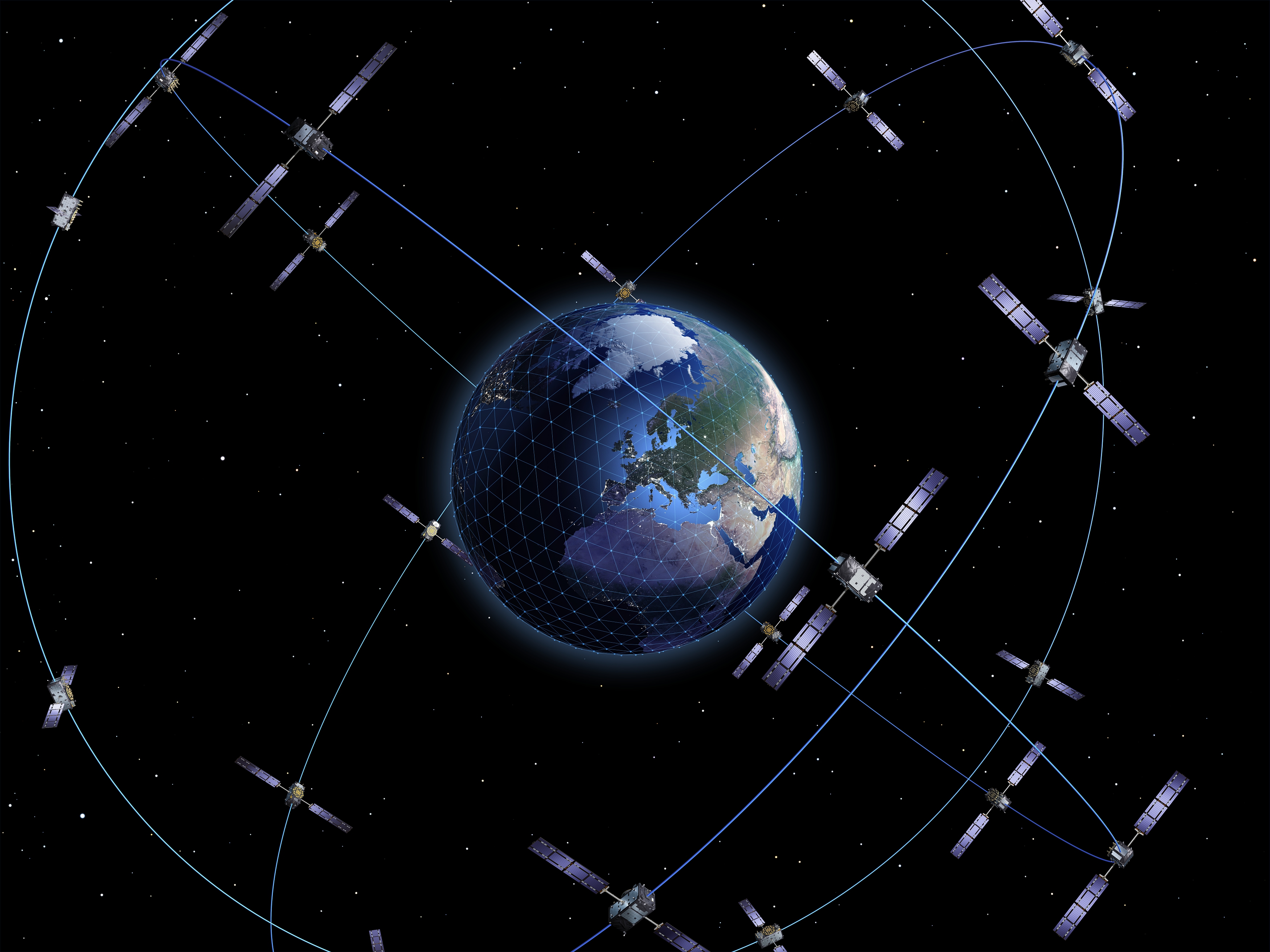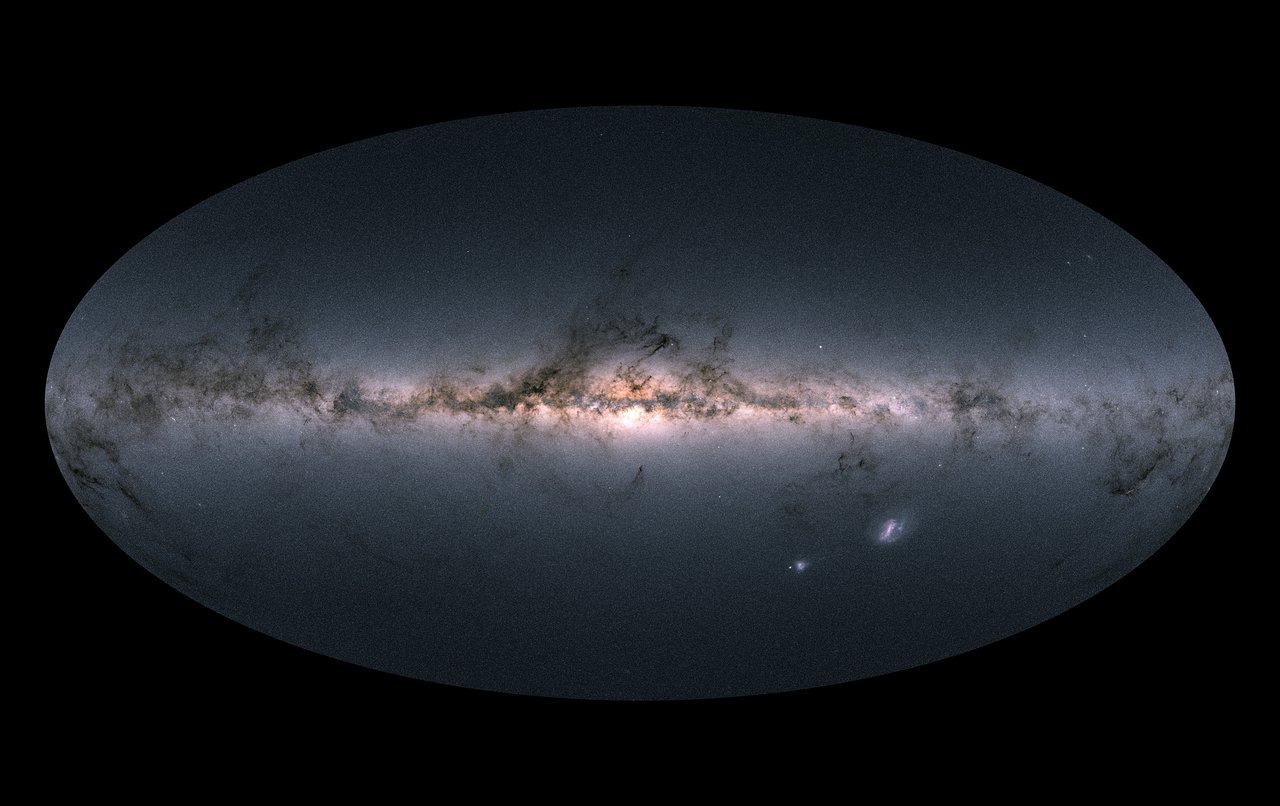Modern metrology, 150 years after the Metre Convention
Event
New results in the field of metrology, celebrating 150 years of the metre as a universal unit.
Informations pratiques
Location
Grande salle des séances - Institut de France - 23 quai de ContiDate
-
Based on a constellation of 28 satellites orbiting in three orbital planes, Galileo is currently the world's most accurate satellite navigation system, serving over three billion users worldwide. ©ESA-P. Carril
Registrations coming soon!
This year we're celebrating metrology, the science of measurement, and the 150th anniversary of the Metre Convention in 1875. The Académie des Sciences has played a crucial role in its history. At the revolution in 1791, the Assembly decided to define a "universal" unit valid for all peoples, based on the meridian. During a long epic journey in troubled times, academicians Delambre and Méchain measured the Paris meridian between Dunkirk and Barcelona, from which they deduced the length of one meter in 1795. Today, it's a fundamental unit of the SI international system.
The conference will focus on modern high-precision experiments, either with atomic clocks, which enable the search for dark matter, or with matter-wave interferometers, which can detect gravitational waves. Space geodesy enables very precise measurement of the Earth's gravity field, and the Gaia satellite the determination of the distances of the stars in our Galaxy and their proper motions.
Organized by Françoise Combes, President of the Académie des Sciences, François Mignard and Christophe Salomon, members of the Académie des Sciences.
Speakers:
An application of ultra-precise time measurement: positioning on Earth and in the Solar System
Marie-Christine ANGONIN, professor at Sorbonne Université, Laboratoire Temps-Espace (CNRS/Observatoire de Paris-PSL/Sorbonne Université)
Positioning by satellite or GPS is used by everyone today, based on fundamental physics, and requires high-precision measurements.
Matter-wave interferometers
Philippe BOUYER, research director at CNRS, deputy director of the Institut d'Optique Graduate School in Aquitaine.
The development of atomic interferometers enables very high precision measurements, to test general relativity in microgravity, or to detect gravity fields and gravitational waves
Searching for dark matter with modern metrology methods
Peter WOLF, directeur de recherche au CNRS, Laboratoire Temps-Espace (CNRS/Observatoire de Paris-PSL/Sorbonne Université)
The extreme precision of atomic clocks makes it possible to detect any violation of the equivalence principle, and search for oscillations due to a scalar field of ultra-low mass dark matter
Astrometry with Gaia
François MIGNARD, member of the Académie des sciences, director of research emeritus at the CNRS, Joseph-Louis Lagrange Laboratory (CNRS/Observatoire de la Côté d'Azur/Université Côte d'Azur)
The Gaia satellite is based on precision astrometry, to detect parallaxes and proper motions in our Galaxy, the Milky Way.
Spatial gravimetry and the Earth's internal dynamics
Isabelle PANET, IGN research director at the Institut de physique du globe de Paris (CNRS/IPGP/Université Paris-Cité).
Space geodesy is used to measure the Earth's gravity field, and its temporal variations, the direction and speed of movement of continental plates.

Gaia from the European Space Agency (ESA) scans the sky from Earth orbit to create the most extensive and accurate three-dimensional mapping of our galaxy. This image shows the Milky Way as observed by Gaia, based on measurements of more than 1.7 billion stars ©: ESA/Gaia/DPAC, CC BY-SA 3.0 IGO">